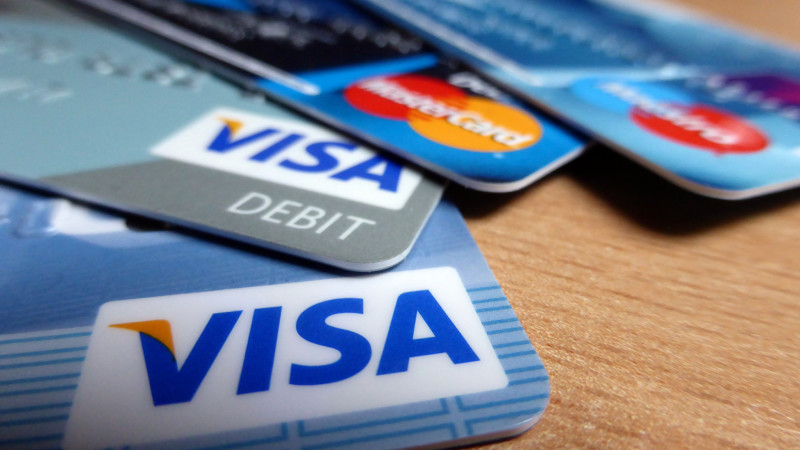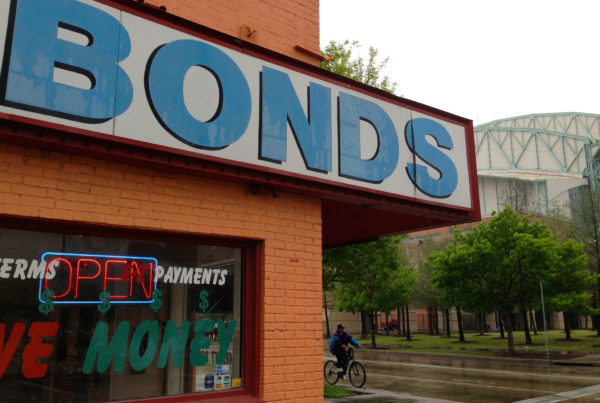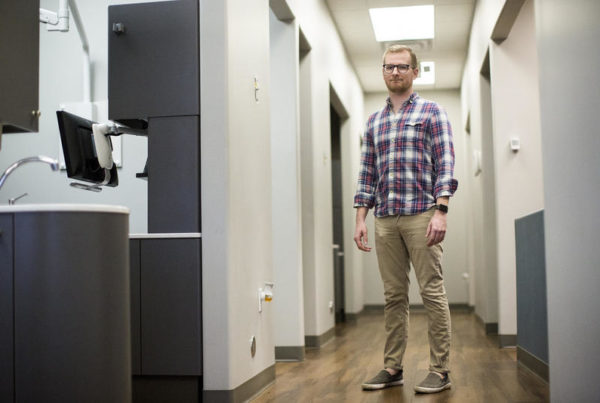Once survivors of domestic abuse are in a safe place, and looking to start building their future, they can face another roadblock: debt. Abusers can use debt to hurt or trap a potential victim. And for many, credit cards and loans taken out under two names, but never paid back, can cripple a survivor financially. It’s called “coerced debt.” The person who coined the term is Angela Littwin, a law professor at the University of Texas specializing in bankruptcy and consumer protection.
Littwin says there are two types of domestic violence: situational violence and coercive control. Situational violence is initiated by both partners, resulting in relatively minor injuries. In coercive control, one partner seeks to control and diminish the other.
“The abuser’s goal [is] essentially to undermine the victim’s free will,” Littwin says. “The abuser does that by making demands that the victim does something, and implying that there will be consequences for non-compliance.”
Those demands often involve financial actions that the victim might otherwise not take, or that do harm to the victim’s financial situation, even after the end of a relationship.
Joint credit accounts are another source of risk for those in abusive relationships.
“When two people are liable for a debt, the creditor has the choice of who to go after,” Littwin says. “If the victim is more financially stable … then [the creditor] is going to go after the victim.”
Littwin says changing the situation for joint account holders is difficult. The survivor would need to show that their name had been added to the account fraudulently, or through coercion.
Littwin says she coined the term “coerced debt” as a way to focus on the many long-lasting consequences of abuse.
“I coined the term ‘coerced debt’ for a few reasons: one, it makes it clear that it’s part of these relationships with coercive control, where the abuser is essentially trying to eliminate the victim’s autonomy,” Littwin says.
Additionally, she points out that a ruined credit report can cost an abuser more than the ability to obtain a credit card.
“More than 60 percent of employers use credit checks for at least some jobs,” she says.
Littwin says it’s sometimes difficult for survivors to prove they have acquired debt via coercion.
“Attorneys who bring these cases have told me that they can try to make the case that debt by coercion is unauthorized use under the law, because it is,” Littwin says. “But you have to have the perfect facts and a really sympathetic judge.”
Written by Shelly Brisbin.
















